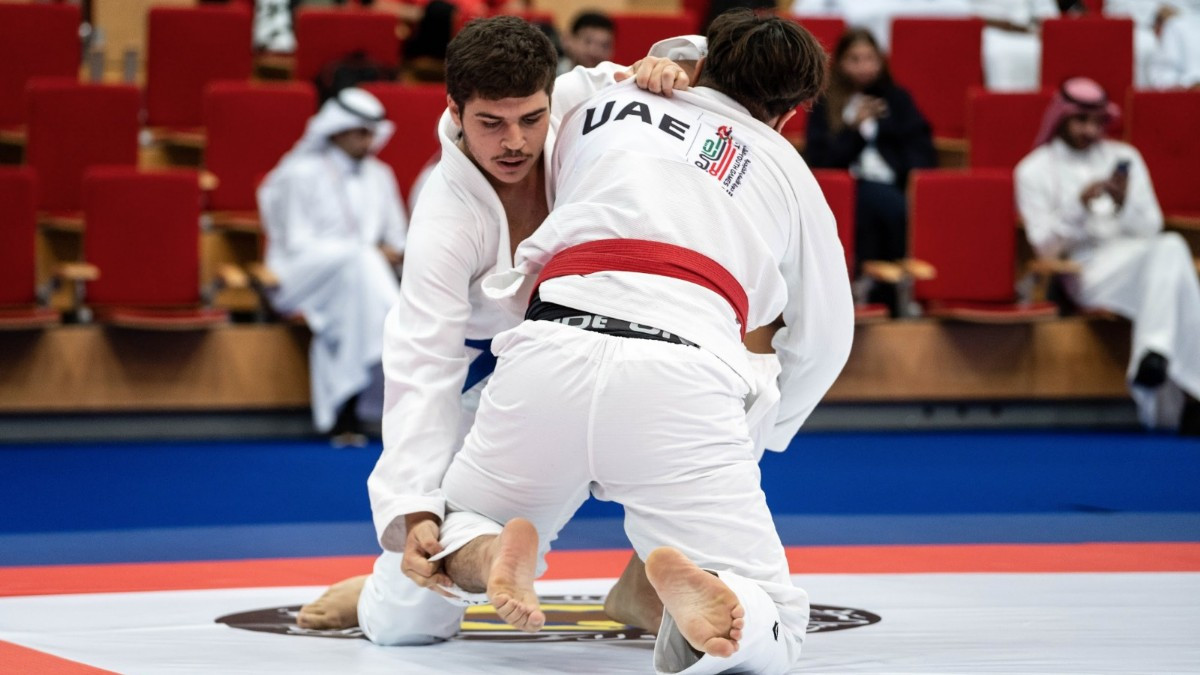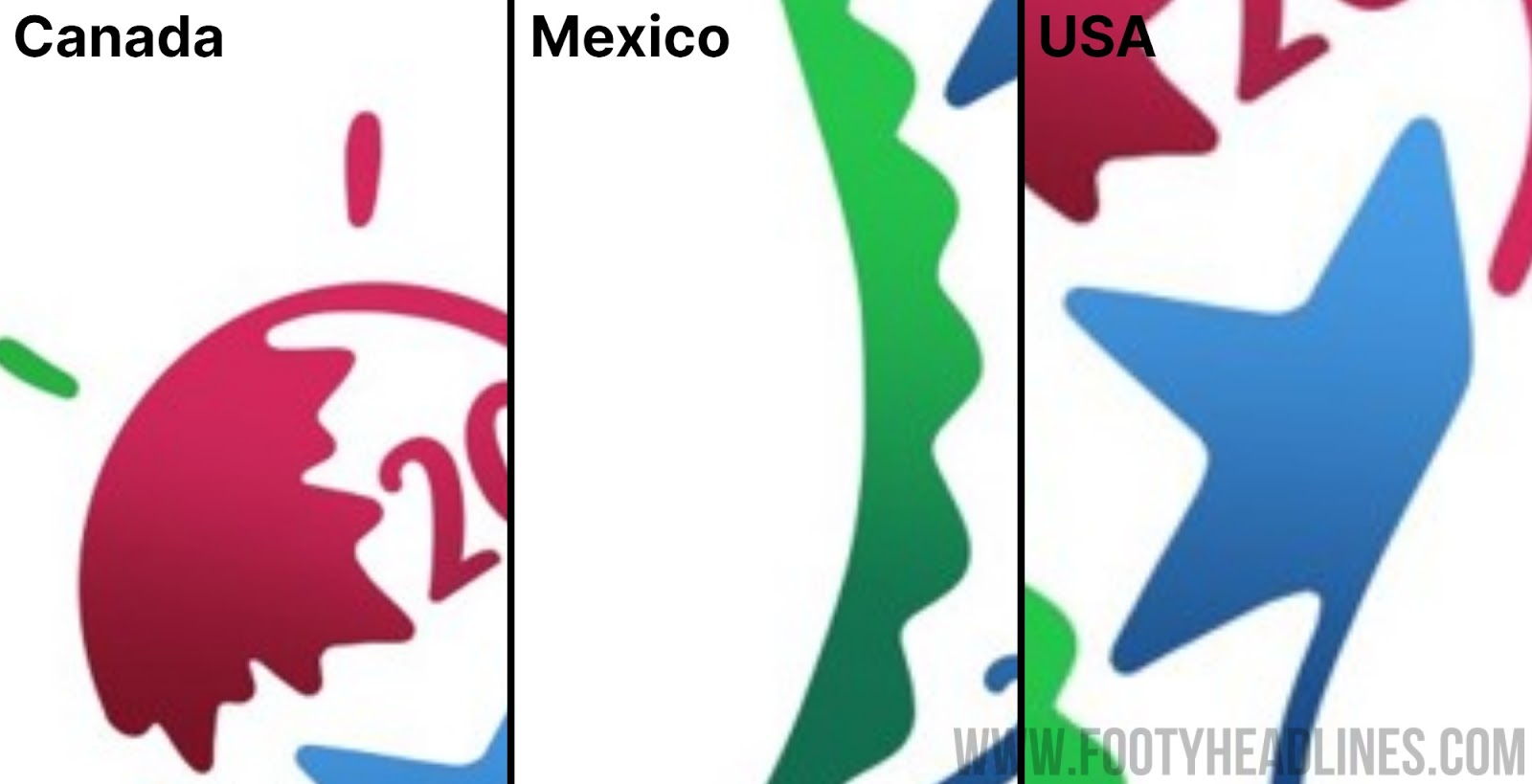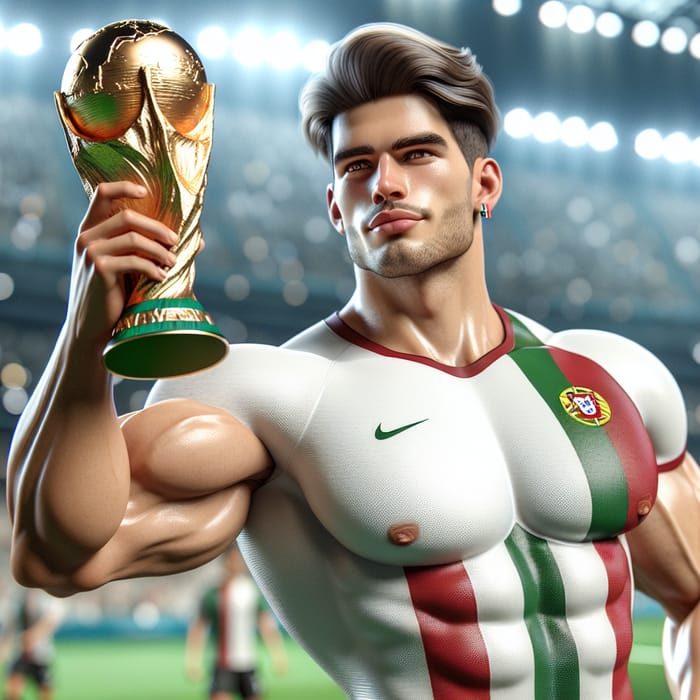Introduction to the FIFA World Cup Mascot
The FIFA World Cup mascot plays a significant role in representing the spirit and culture of the tournament. For the FIFA World Cup Mascot 2026, the mascot is anticipated to personify the essence of unity, diversity, and sportsmanship. It adds a fun and engaging element to the event, capturing the hearts of fans worldwide.
Evolution of FIFA World Cup Mascots
Over the years, FIFA World Cup mascots have evolved from simple characters to intricate designs that showcase the host country’s heritage. These mascots are more than just symbols; they serve as ambassadors of the tournament, reflecting the global nature of football.
Role of Mascots in World Cup History
The mascots have an essential role in creating a unique identity for each tournament. They generate excitement, promote merchandise, and engage fans of all ages. The FIFA World Cup Mascot 2026 is expected to continue this tradition by embodying the values of the tournament.

History of FIFA World Cup Mascots
Since the introduction of the first official FIFA World Cup mascot, World Cup Willie, in 1966, each tournament has been represented by a unique mascot. These mascots play a vital role in promoting the event, engaging fans, and creating a sense of unity among spectators worldwide.
Evolution of Mascots
Over the years, FIFA World Cup mascots have evolved from simple characters to more sophisticated and culturally relevant figures. They often embody the spirit and identity of the host country, showcasing its heritage, wildlife, and creativity.
One of the most popular mascots was Ciao, the mascot for the 1990 World Cup in Italy, who was a stick figure wearing the colors of the Italian flag.
Significance and Influence
These mascots not only serve as symbols of the tournament but also leave a lasting impression on fans and participants. They are featured on merchandise, promotional materials, and even in the opening ceremonies, adding a touch of fun and excitement to the event.
The mascots also contribute to the cultural exchange and celebration of diversity, bringing people together to celebrate the world’s most popular sport.

Design Process for FIFA World Cup Mascot 2026
Creating the FIFA World Cup 2026 mascot involves an intricate design process that captures the spirit and essence of the tournament. Designers work tirelessly to create a mascot that represents the host country culture, football enthusiasm, and global unity.
Concept Development
Designers brainstorm various concepts that resonate with the host country’s heritage, incorporating elements of football and inclusivity. The chosen concept should be appealing to both children and adult fans, reflecting the vibrancy of the tournament.
Character Design
Once the concept is finalized, the mascot’s character is brought to life through sketches and digital renderings. The design focuses on creating a lovable and memorable character that embodies the tournament’s values with bold color choices and expressive features.

Unveiling of the Mascot
As anticipation builds up for the FIFA World Cup 2026, one of the most exciting moments for fans worldwide is the unveiling of the official mascot. The mascot plays a crucial role in representing the spirit and culture of the host country, and it often reflects elements of football and national identity.
The Big Reveal
With much fanfare and excitement, the FIFA World Cup 2026 mascot was unveiled during a special ceremony attended by football legends and dignitaries from around the globe. The mascot embodies the essence of the tournament and serves as a symbol of unity and celebration.
Design and Inspiration
The mascot design is carefully crafted to reflect the culture, history, and values of the host nation, capturing the imagination of fans of all ages. Its vibrant colors, unique features, and playful demeanor make it an instant hit among supporters worldwide.
Moreover, the mascot’s design often incorporates elements related to football, such as footballs, stadiums, or national landmarks, adding a touch of sporting flair to its appearance.
Significance of the Mascot in the FIFA World Cup
The FIFA World Cup mascot plays a crucial role in representing the spirit and culture of the tournament. In the case of the FIFA World Cup 2026, the mascot will serve as a symbol of unity and celebration across the host countries. The mascot creates a connection with fans worldwide and reflects the unique characteristics of the host nation or nations.
Engaging Fans
The mascot engages fans of all ages, creating excitement and anticipation leading up to the tournament. It becomes a beloved figure that adds an element of fun and festivity to the event, enhancing the overall spectator experience.
Cultural Representation
The mascot often embodies elements of the host country’s culture, heritage, wildlife, or landmarks, serving as a cultural ambassador on the global stage. Through its design and presence, the mascot showcases the rich diversity and traditions of the host region.
Impact on Fans and Marketing
The FIFA World Cup mascot plays a crucial role in engaging fans and boosting marketing efforts for the 2026 tournament. The mascot serves as a symbol of unity, representing the host country’s culture and values, creating a sense of excitement among fans worldwide.
Enhancing Fan Experience
The mascot’s presence adds an element of fun and vibrancy to the World Cup atmosphere, capturing the attention of both young and old fans alike. Through various merchandise featuring the mascot, fans can feel closer to the event and express their support.
Marketing Opportunities
The FIFA World Cup mascot 2026 serves as a powerful marketing tool for sponsors and partners to promote their brands. By associating with the mascot, companies can leverage the tournament’s global reach and connect with a diverse audience.
- Brand Visibility: Featuring the mascot in promotional campaigns increases brand visibility and recognition.
- Emotional Connection: Creating an emotional connection with fans through the mascot can lead to long-lasting brand loyalty.
- Social Media Engagement: Leveraging the mascot’s popularity on social media platforms can drive engagement and interaction with followers.
Merchandise and Souvenirs
As the excitement builds for the FIFA World Cup 2026, fans are eager to get their hands on exclusive merchandise and souvenirs to commemorate the event. From jerseys to mugs, keychains to hats, there is a plethora of items available for fans to show their support for their favorite teams.
Official FIFA World Cup Mascot 2026 Merchandise
One of the most sought-after items is the official FIFA World Cup 2026 mascot merchandise, featuring the lovable mascot that symbolizes the spirit of the tournament. Fans can choose from a variety of products adorned with the mascot, such as t-shirts, plush toys, and posters.
These mascot-themed souvenirs not only serve as memorabilia but also make great gifts for fellow football enthusiasts.
Local Artisanal Goods
For a more unique keepsake, fans can explore local artisanal goods that capture the essence of the host country. Handcrafted items, traditional artworks, and cultural souvenirs offer a special touch to remember the World Cup experience.
Frequently Asked Questions
-
- What is the FIFA World Cup Mascot?
- The FIFA World Cup Mascot is a character used to represent the FIFA World Cup tournament. It is usually a human, animal, or object that embodies the spirit of the host country and the tournament itself.
-
- Why is a mascot used for the FIFA World Cup?
- The mascot is used to create excitement and promote the FIFA World Cup tournament. It serves as a symbol that represents the event and helps to engage fans and create a festive atmosphere.
-
- When was the first FIFA World Cup Mascot introduced?
- The first FIFA World Cup Mascot was introduced in 1966 for the FIFA World Cup held in England. The mascot was a lion named ‘World Cup Willie’.
-
- What is the significance of the FIFA World Cup Mascot 2026?
- The FIFA World Cup Mascot for 2026 will represent the spirit of the host country, which is the United States, Canada, and Mexico. It will embody the values of unity, diversity, and football passion.
-
- How is the FIFA World Cup Mascot 2026 selected?
- The FIFA World Cup Mascot 2026 is usually selected through a design competition where artists and designers submit their ideas for the mascot. The chosen mascot is then officially unveiled by FIFA.
Final Thoughts: Unveiling the Charismatic FIFA World Cup Mascot 2026
Exploring the FIFA World Cup mascot for 2026 has been an exciting journey filled with history, creativity, and anticipation. From learning about the significance of the mascot in promoting unity and excitement to unraveling the design process behind its creation, we have delved deep into the world of sporting iconography.
The mascot not only represents the spirit of the event but also serves as a cultural ambassador for the host nation, showcasing its unique identity to the world. As we eagerly await its official reveal, let us embrace the upcoming tournament with enthusiasm and pride, knowing that the mascot will play a pivotal role in shaping the FIFA World Cup experience for fans worldwide.

